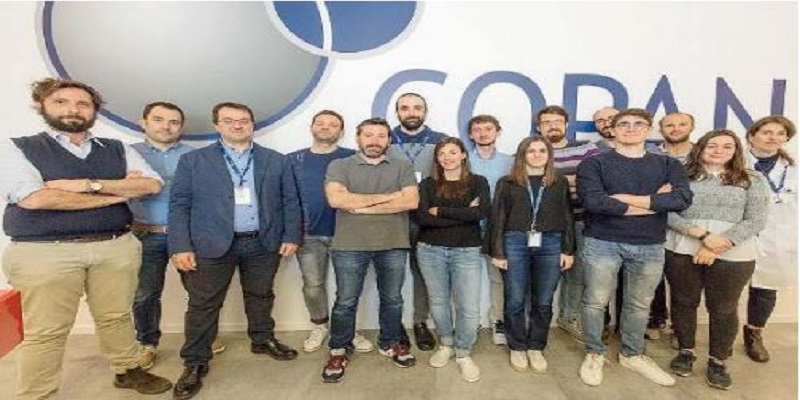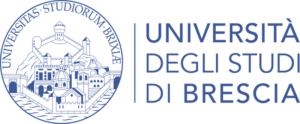The start of the MicrobIA project (acronym of Microbiology Image Analysis) in 2013 gave way not only to an innovation process that has not yet stopped, but also to a fruitful and solid collaboration between a company and the University. It is the story of Copan and of the research group coordinated by Dr. Alberto Signoroni, researcher at the Department of Information Engineering at the University of Brescia, who have joined to add to the automation part of the microbiological analyzes that of imaging, that is technologies related to the use of artificial intelligence (IA) in vision systems to identify bacteria. “Already in 2012 we thought we would use algorithms to prevent the user from removing the negative crops, which are 70% – recalls Mario Savarese, chief strategy officer of the Copan group -. But we needed very high skills and for this reason we involved the University”. In the beginning, AI was used for the chromogenic analysis of bacteria, based on the different colors that the colonies take in contact with certain enzymes. The color makes it possible to identify the positive ones and therefore act promptly on the patients. Then the challenge shifted to morphological analysis, which detects pathogenic bacteria based on their appearance and on land for general use. To identify them, including the most drug-resistant samples, UNIBS researchers have “trained” neural networks, which have learned to recognize the different types of bacteria from hundreds of thousands of examples and are now able to recognize them among millions of images .


